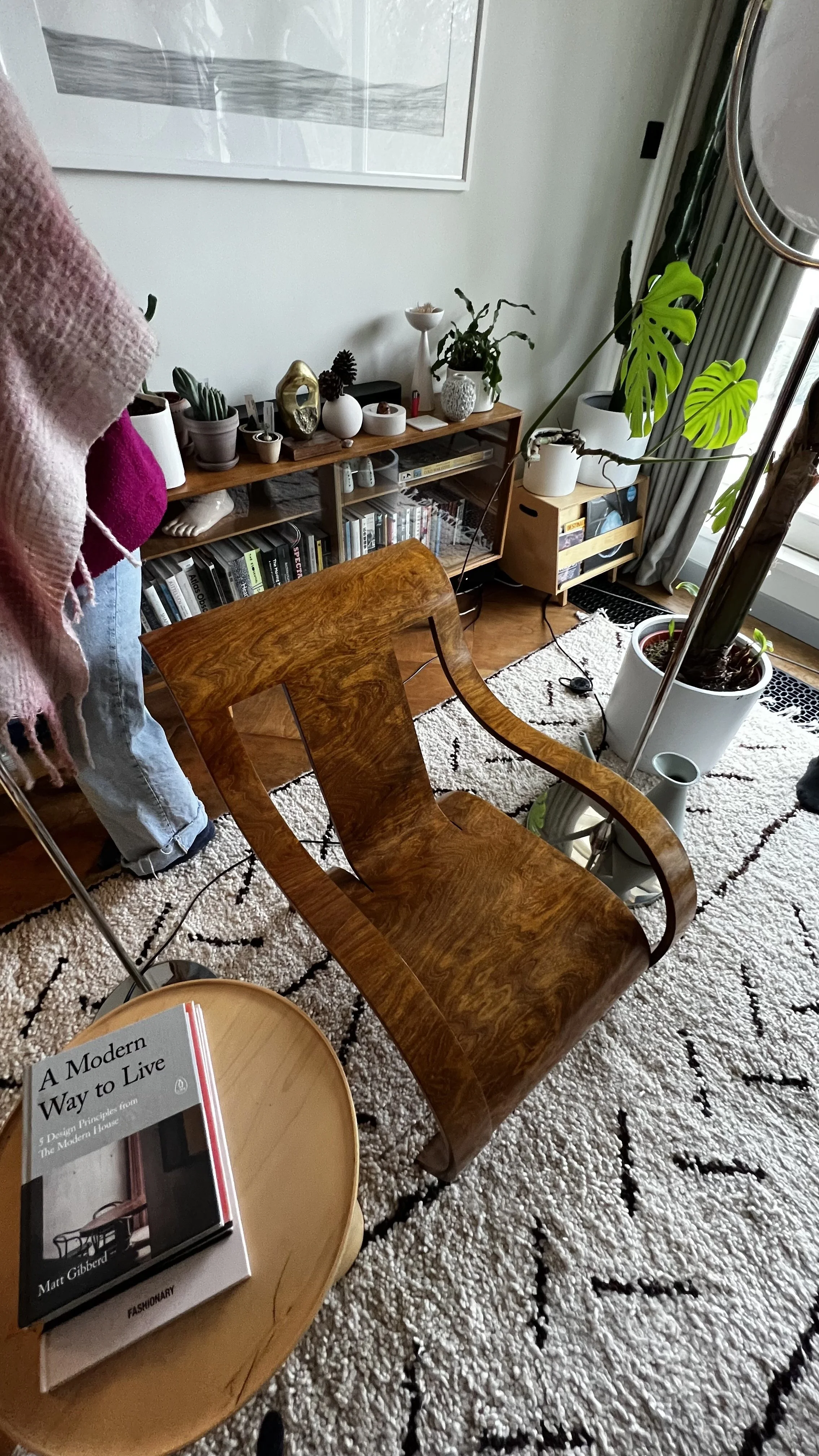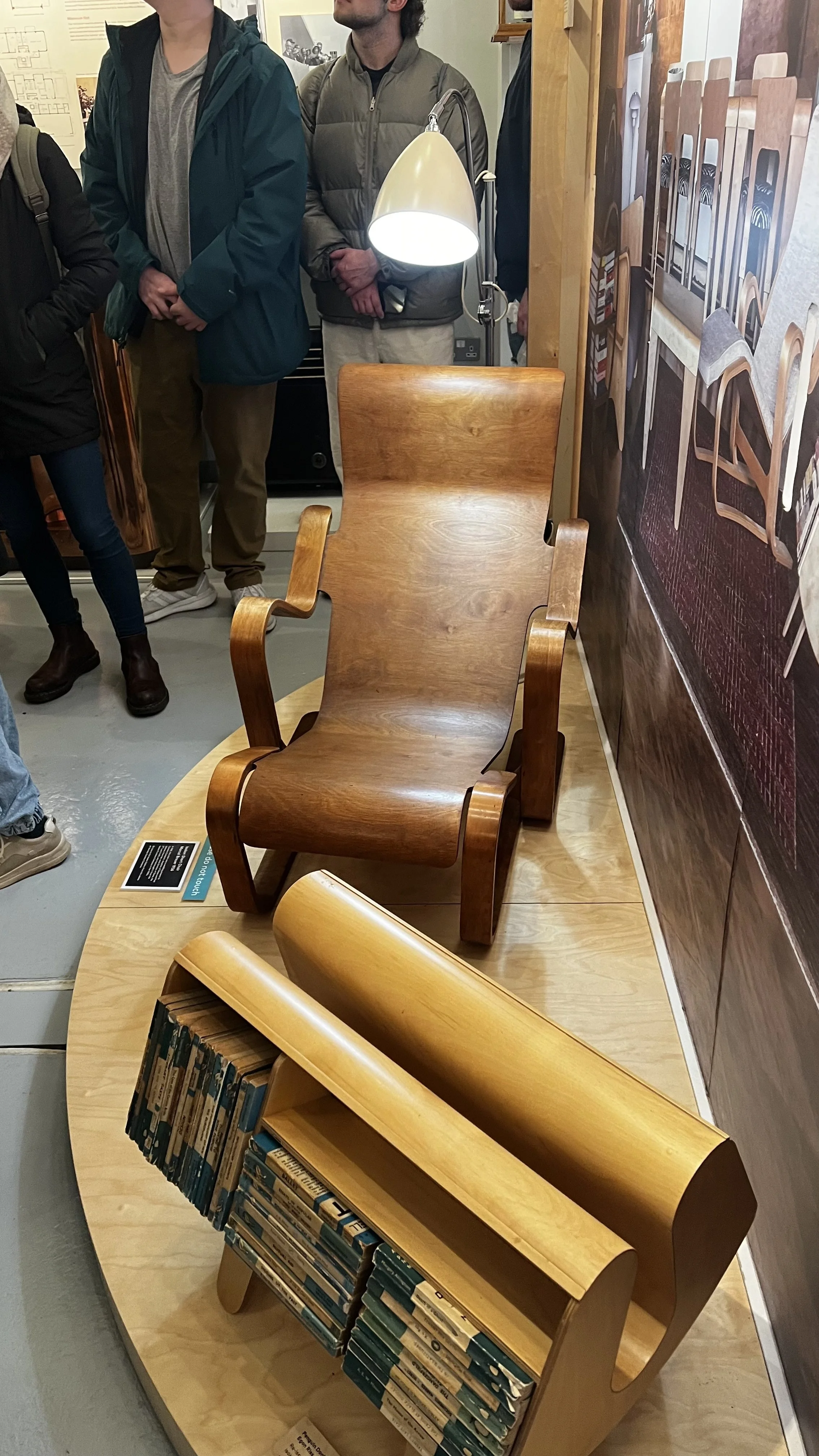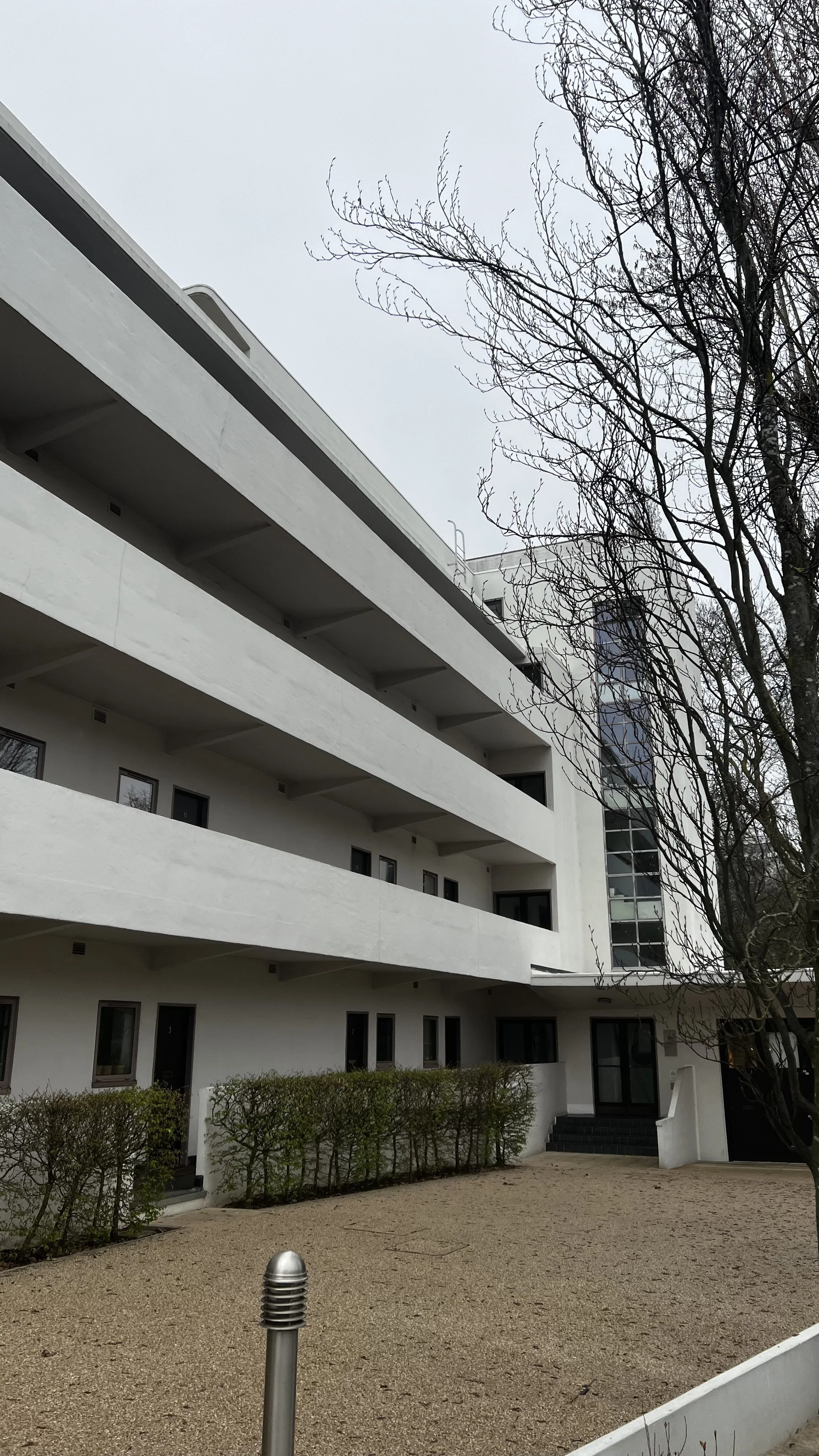Isokon Estate: The Fusion of Arts and Crafts and Bauhaus Design in London's Architecture
The Arts and Crafts Movement and the Bauhaus Movement were two important design and architectural movements of the 20th century. The Isokon Estate in London was a project that brought together both of these movements, resulting in an innovative and influential approach to design and architecture.
The Arts and Crafts Movement emerged in the late 19th century in response to the industrialization and mass production that had taken hold in Europe. The movement was characterized by a return to traditional craftsmanship and a rejection of mass-produced, machine-made goods. Instead, Arts and Crafts designers sought to create objects that were beautiful, functional, and made by hand. The movement had a strong influence on architecture as well, with its emphasis on the use of natural materials and simple forms.
The Bauhaus Movement emerged in Germany in the early 20th century and was focused on the integration of art, craft, and technology. The Bauhaus sought to create a new form of design that would be accessible to all and could be mass-produced. The movement was characterized by a functional and minimalist aesthetic, with an emphasis on geometric forms and primary colors.
The Isokon Estate in London was built in the 1930s as a social housing project for young professionals. The project was designed by architect Wells Coates, who was influenced by both the Arts and Crafts Movement and the Bauhaus Movement. The Isokon flats were designed to be affordable, functional, and aesthetically pleasing, with a focus on light and space.
The Isokon Estate is characterized by its modernist architecture, which features clean lines, simple forms, and a use of modern materials such as concrete and glass. The flats were designed with communal spaces, such as a shared kitchen and a bar, which encouraged social interaction among the residents.
The Isokon Estate also featured furniture designed by the Bauhaus-trained architect Marcel Breuer. Breuer's designs were characterized by their simplicity and functionality, with a focus on the use of modern materials such as tubular steel and plywood.






